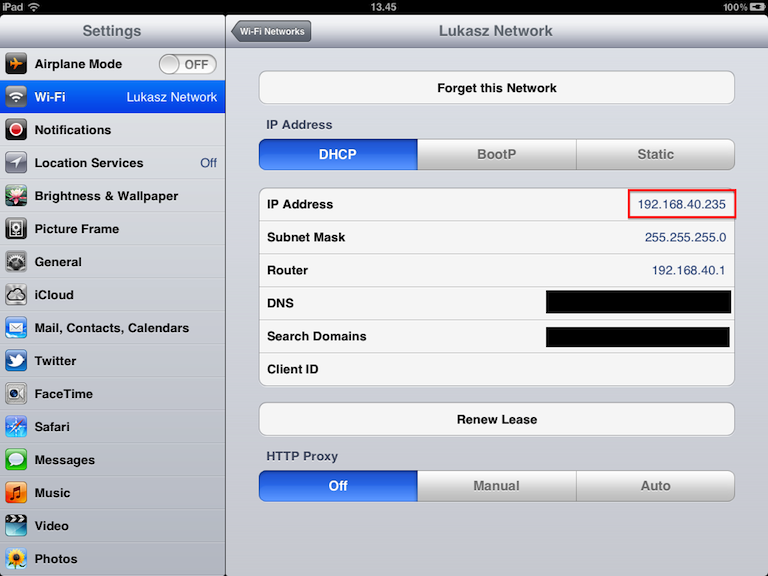Network Midi Setup Mac
Audio Transcript
Midi Network Setup Mac Os X
WiFi is everywhere, from hotels to cafés and lots of people use wireless networks at home. You can connect your Mac to a WiFi network using AirPort, which is Apple’s wireless networking gear.
Midi Interface For Mac
If you’re setting up the network at home, you need to configure the AirPort base station. So, just connect an Ethernet cable from your broadband modem to the base station, then connect your base station to your computers Ethernet port.
This post is for people who are trying to get their iPhone or iPad apps to connect to their hardware synthesizers or controllers via Wi-Fi. For instance, if you're using one of my synth patch editing apps, or trying to play a synth app on your iPad with a MIDI keyboard, then this is what you want.
Korg styles free download. Plug in the base stations power cable and wait for the solid light to turn green.

Now on your Mac, open the applications folder. Then select the utilities sub folder. Double click the AirPort utility icon. You should see the AirPort base station on the left, in which case, click it and choose the continue button. If the station is not listed, choose, set up a new AirPort base station and click continue.
On your main Mac, in the MIDI Network Setup window, select the Session called ‘MIDI A’. In the Directory field choose ‘Slave MIDI A’ and click the Connect button. Do the same at the slave MAC choosing ‘MIDI A’. I am setting up a second mac to be a Kontakt streaming sample playback machine. I have it working with normal midi, but just set it up last night, after some trial and error, to connect with the Network Midi driver that comes with Tiger. Seems to be working very well, and latency is hardly noticable at all. — a step-by-step tutorial to networking multiple MIDI ports via a local network between two Macs. This uses Audio MIDI Setup to configure. Audio MIDI Setup. The Audio MIDI Setup utility is a program that comes with the macOS operating system for adjusting the computer's audio input and output configuration settings and managing MIDI devices. It was first introduced in Mac OS X 10.5 Leopard as a simplified way to configure MIDI Devices. Users need to be aware that prior to this. Set up MIDI devices using Audio MIDI Setup on Mac. If you use MIDI devices or a MIDI interface connected to your Mac, you can use Audio MIDI Setup to describe the configuration of your MIDI devices. There’s a default configuration already created, but you can set up your own. We will also use MIDI Timecode and MIDI Machine Control using other network MIDI ports so you will also see them there. Ok, we're all set on the Video Slave side of things, so let's switch to the Mac Pro (our Pro Tools machine) now. Open Audio-MIDI Setup and also create a HUI network session on this machine.

On the next screen, enter a password for the base station. Make sure you write this password down and keep this somewhere safe, because you’ll need it again if you want to change the base station settings and click continue.
Now decide whether you want to create a new wireless network or connect the base station to an existing wireless network. In this case, we’re creating a new network, so click the continue button. If you’re adding the base station to an existing network, make the wireless network name the same as for the rest of the network. Click continue again and choose a security format. WPA is your safest bet, but some older computers will only support WEP. Use the highest level of security supported by your equipment. And now you guessed it, click continue.
Okay, you’re getting close. On the next screen, decide whether you’re connecting the AirPort base station to a router or a modem, then click continue. Then choose how to connect to the internet. Most people use DHCP and choose continue again. And finally, verify all the set up details and click the magic button to update. At this point the base station restarts and once it’s done, you see a congratulations screen. The set up is complete when you choose quit.
And once you’ve set up your base station and created your wireless network, you can connect via WiFi. All you need is the name of the network and the password.
This is a great way to free you up from your cables and allows you the flexibility to work or play on your WiFi compatible computer wherever you want.



